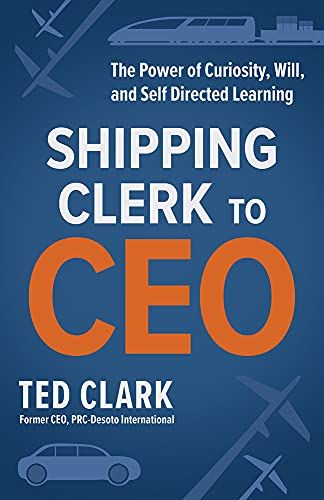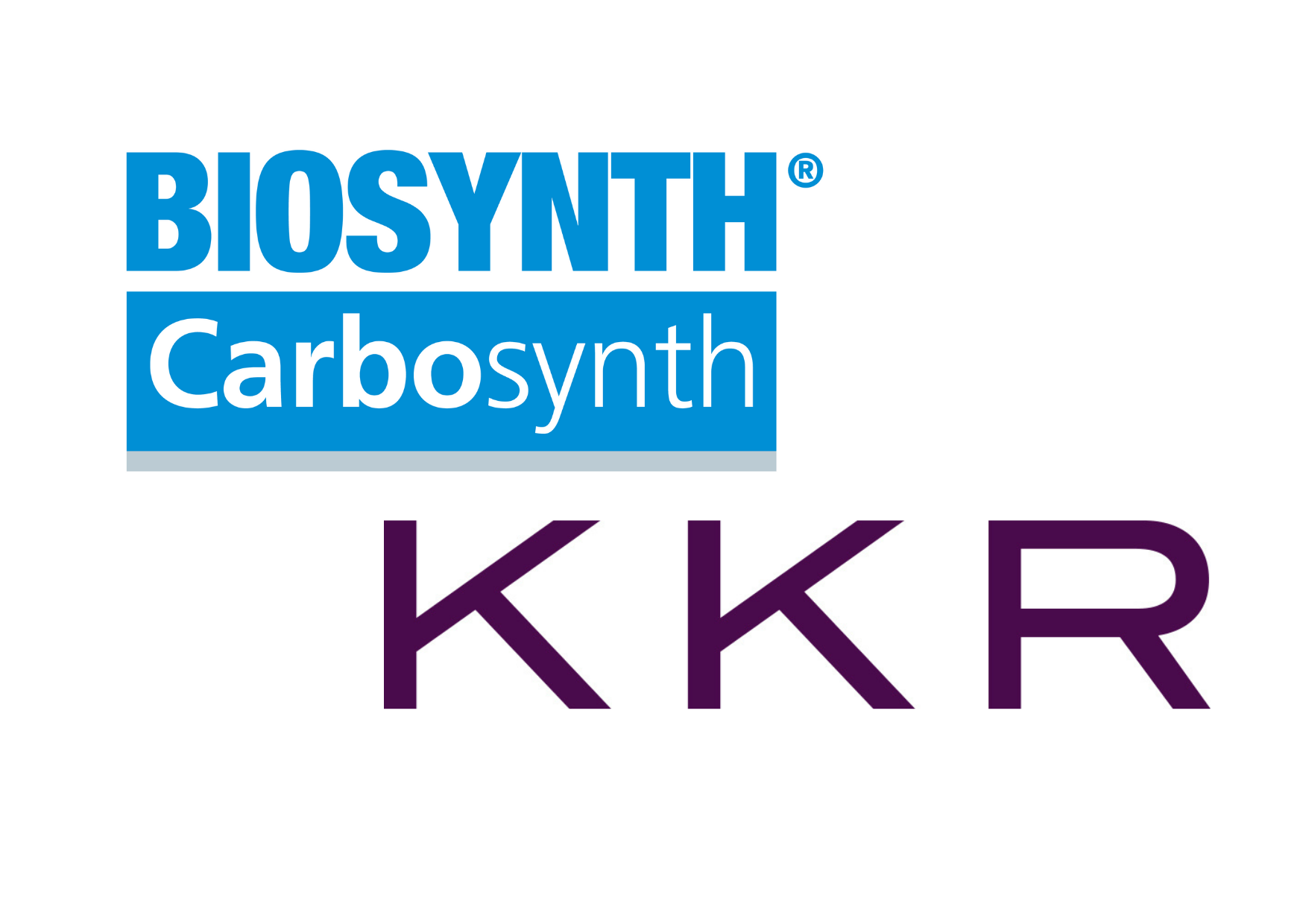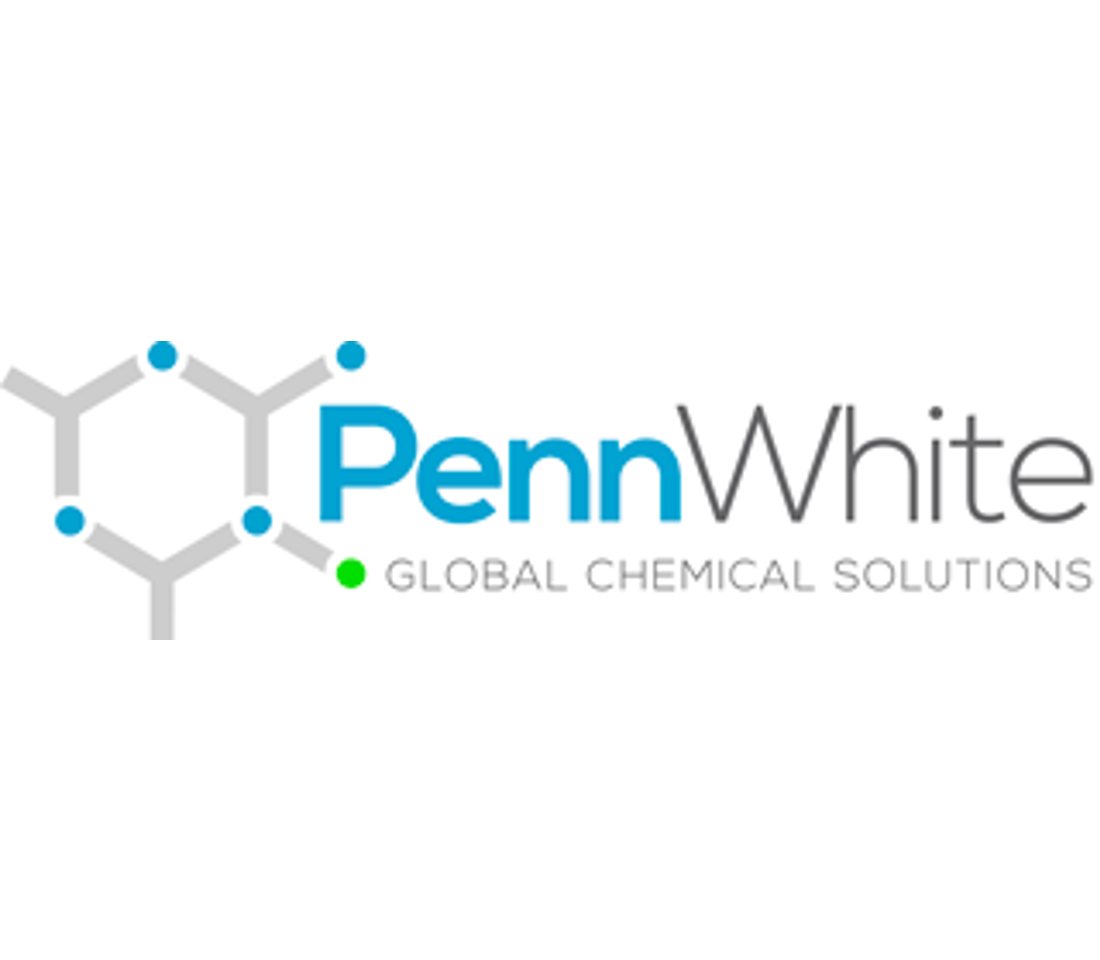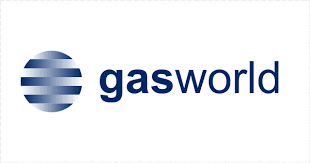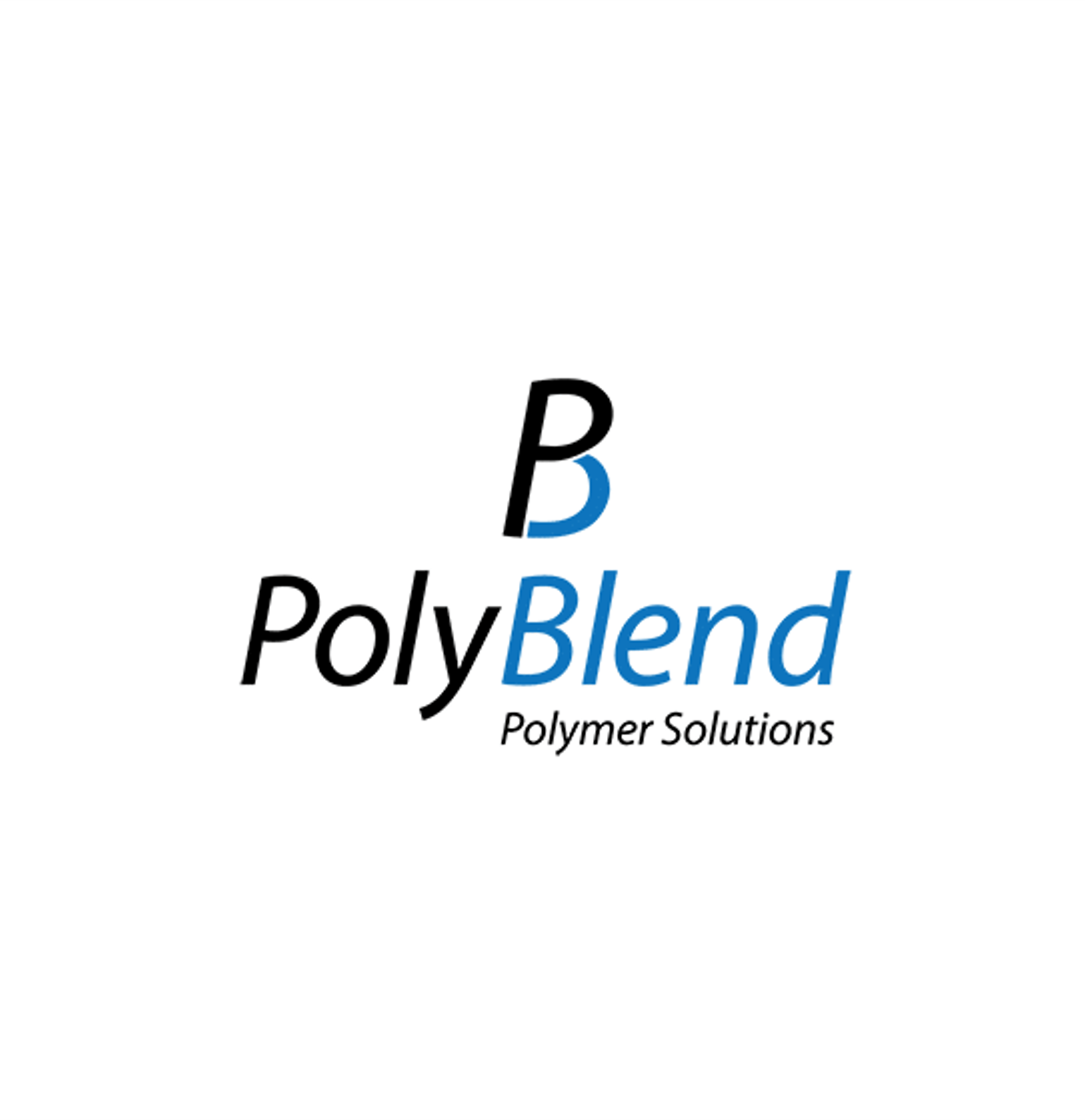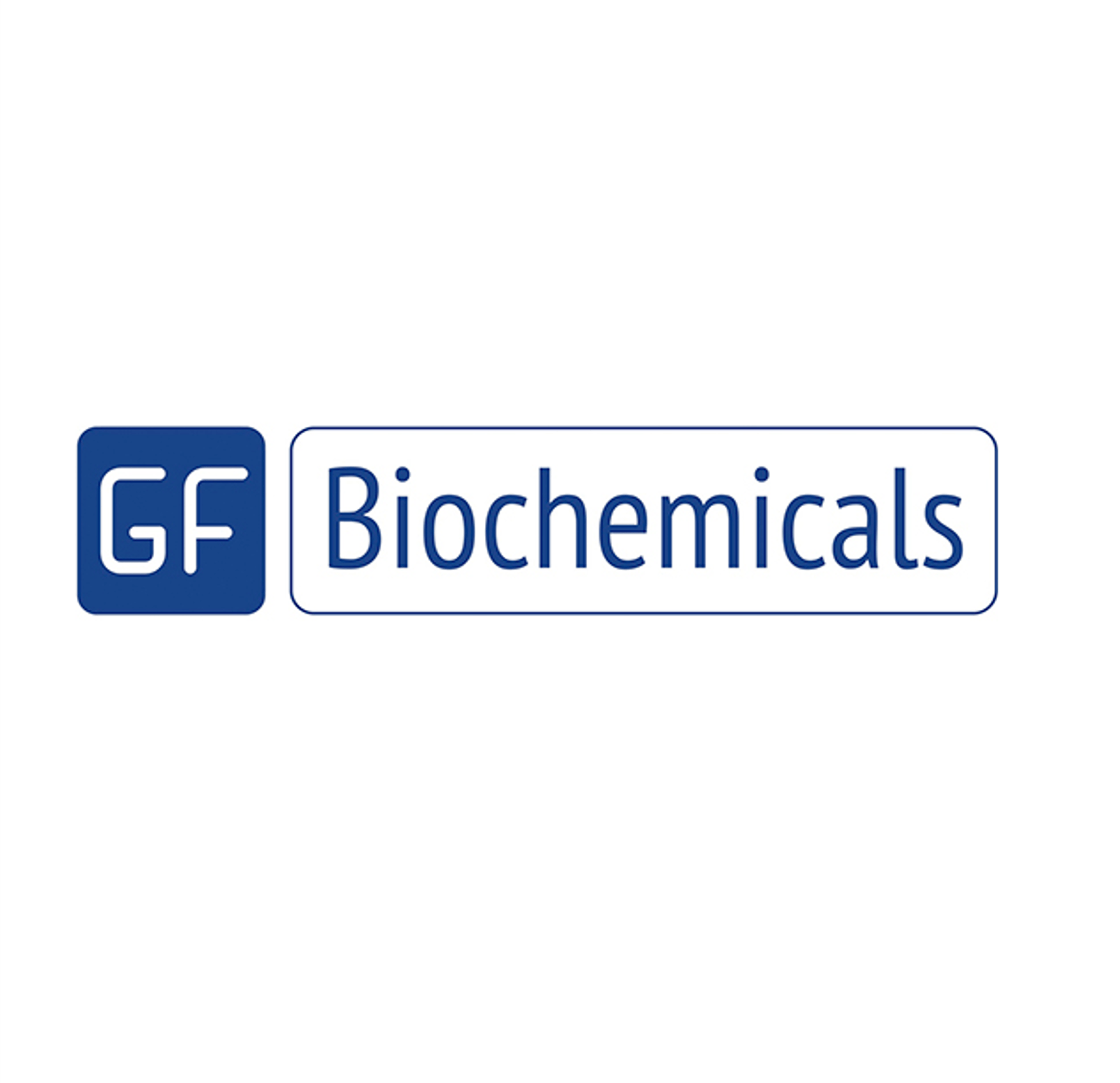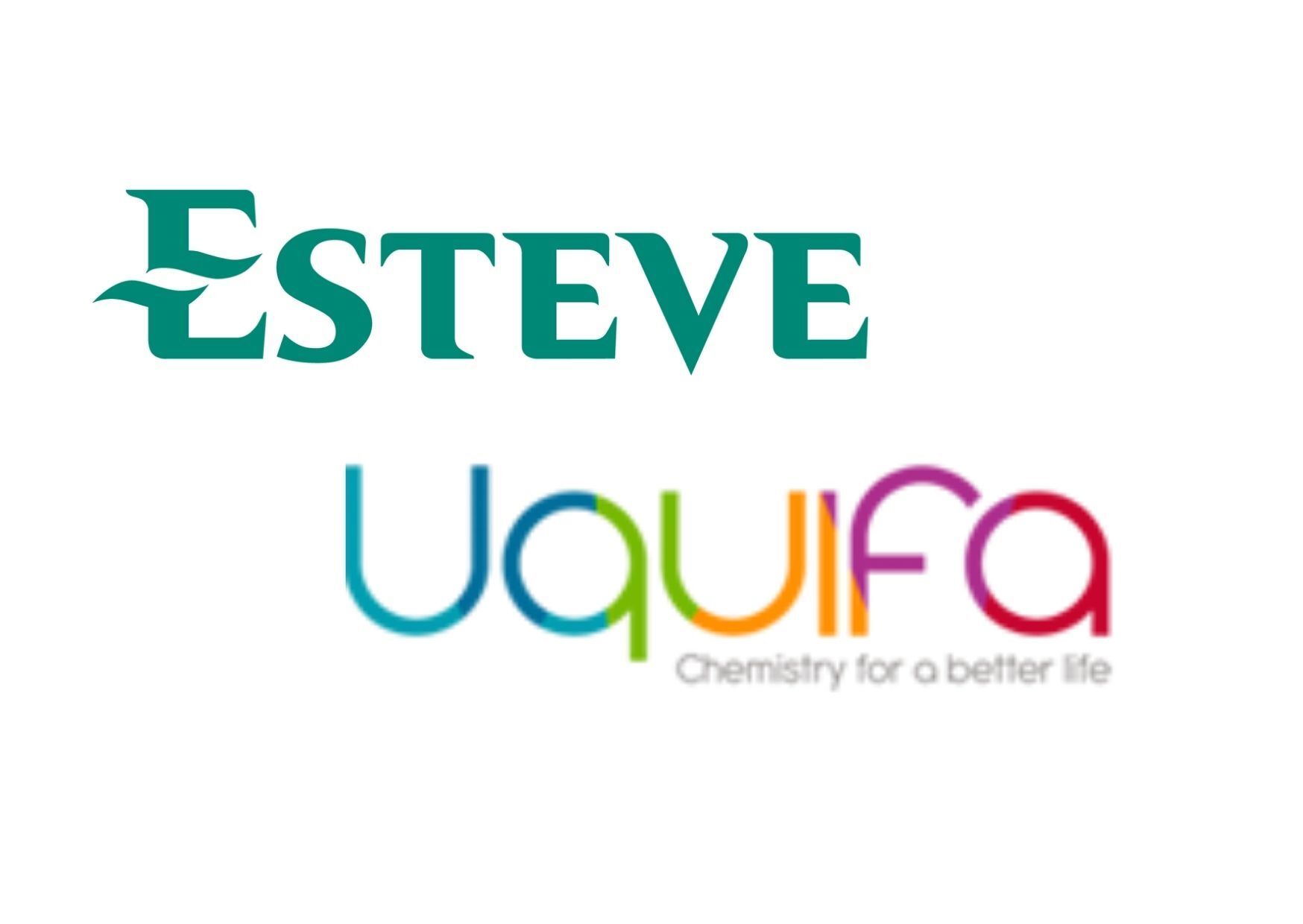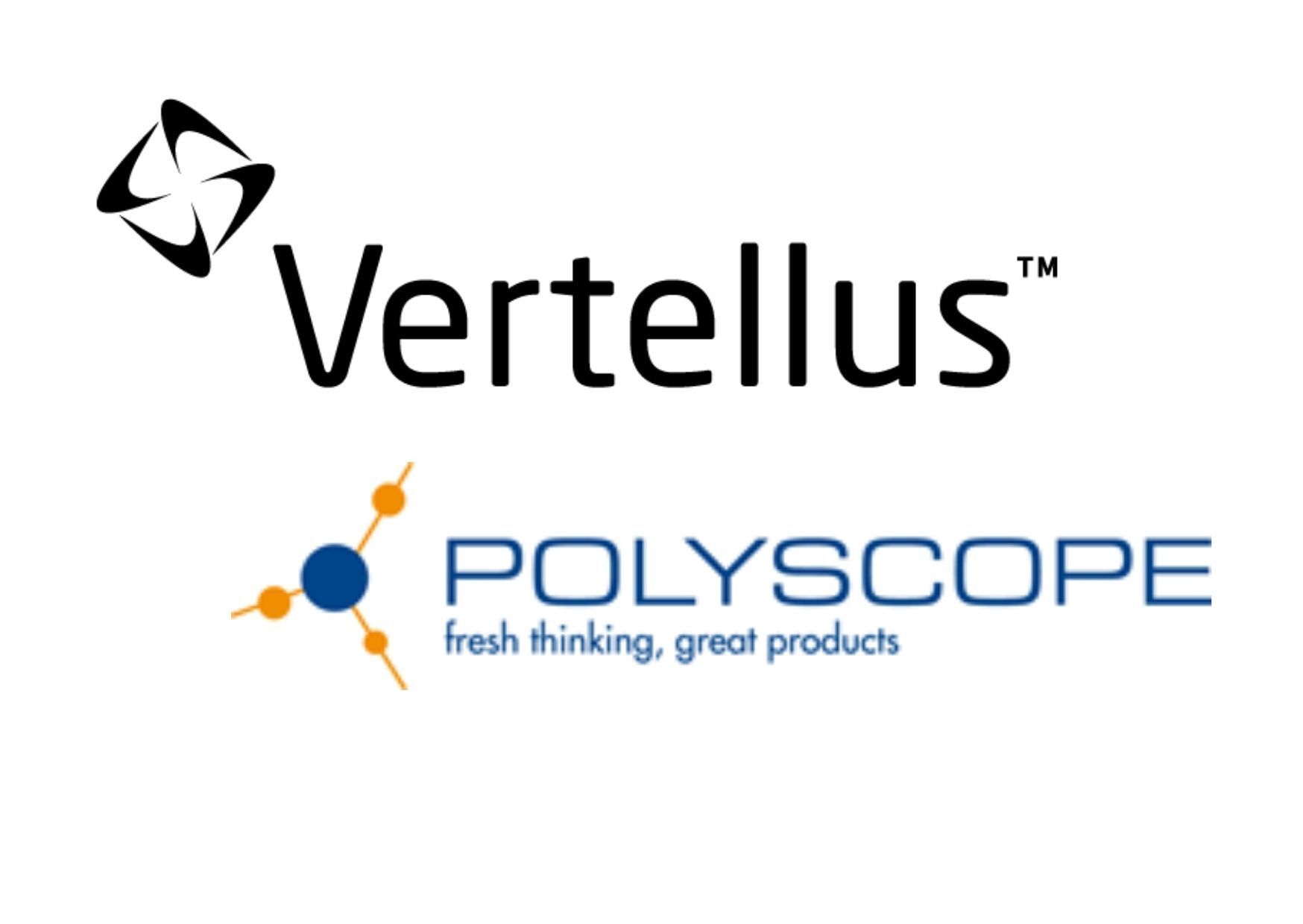How much should you pay an M&A advisor to sell your chemicals or life sciences business?
Sell-side M&A fees in the chemicals and life sciences industries – what to expect and what to look out for.
Owners of chemicals and life sciences companies have a range of options when it comes to choosing a partner to assist in the sale of their businesses. M&A advisors vary not only in terms of cost and experience, but also in the specifics of the service they offer.
To shed some light on the topic, I’ve prepared a high-level overview of typical sell-side M&A fees, breaking down what you might expect for your money and highlighting things to watch for when choosing a service.
Most owners of private chemicals or life sciences companies only sell a business once or maybe twice in their careers. Though there are a handful of serial entrepreneurs in the industry, there are notably fewer than in asset-lite sectors such as technology or media. As a result, I have encountered many business owners in the sub-$1bn chemicals and life sciences markets who have relatively little exposure to the world of M&A advisory services.
In fact, one of the biggest false preconceptions of the M&A industry is that advisors primarily or only act as brokers tasked simply with introducing buyers to the seller. This is an important part of the service but is by no means the whole story. This lack of familiarity with M&A services can lead to a) sellers paying for services they don’t need , and b) failing to realise the full potential value of their businesses by not paying for services they do need.
In an attempt to address this topic I have broken it down into four core questions which I will attempt to answer in this article.
These questions are:
- How much do advisors charge?
- What determines the range of fees?
- What do sellers get for their money?
- How should sellers in the sub-$1bn chemicals and life sciences industries choose an advisor?
As caveats to this article, firstly I should clarify that this is not an attempt to provide a definitive guide to all M&A fees. My observations are drawn from the collective experience of the partners in my firm, who together have worked on hundreds of M&A deals as both advisors and principals in the chemicals and life sciences sectors. However, our experience covers only a sample of the thousands of chemicals and life sciences industry deals in the last decade.
Secondly, I have tried to make this article as impartial and useful to business owners and managers as possible, but I do run an M&A practice and so should be considered fundamentally biased(!) and I apologise in advance for any errors I have made or perceived unfair aspersions I have unintentionally cast.
1. How much do advisors charge?
Sell-side M&A fees are often quoted as a percentage of the Enterprise Value ( EV ) of the company sold. The first thing to say is that the calculation of EV is often a subject of debate, but it broadly represents the value of an enterprise ignoring its ownership and financial structure.
In other words:
EV = Equity Value (i.e. what the shareholders will realise) + Net Debt
As a general rule of thumb, sell-side lead advisory M&A fees (in total, i.e. including all upfront and contingent fees) expressed as a % of EV follow the trend below:
- EV of $0-10 million: >5.0%
- EV of $10-100 million: 5.0% to 3.0%
- EV of $100-1,000 million: 3.0% to 1.5%
- EV of >$1 billion: 1.5% to 0.5%
This corresponds to what we see in the marketplace and appears to be supported by most available public sources, such as the following examples:
2. What determines the range of fees?
Fees across the M&A advisory community can be influenced by market sector, geography, or simply a firm’s individual pricing structure, but the most significant differentiator is usually the scope of the services the advisor is providing.
As briefly mentioned above, one of the biggest false preconceptions of the M&A industry is that service is uniform. In fact, sell-side M&A services vary markedly from one end of the market to the other.
There are many elements to fees, but by far the biggest cost for the advisory firm, and therefore the biggest determinant of the fees a seller might pay, is the time of the advisors themselves. The more time advisors spend working on a deal, and the more senior and experienced those advisors are, the more their service is going to cost.
3. What do sellers get for their money?
Broadly speaking, M&A advisors can be grouped into one of four brackets. For each bracket I have provided some comparative measures of typically expected sell-side performance, set against the ‘market average’ for an average $20m EV chemicals or life sciences company. As with previous guidance, this overview is based on my and my partners’ personal experiences and there may be advisory firms who do not fit neatly (or at all) into these brackets.
Bracket 1: Business Brokers
- Service Provided = Broking Only
- Clients per Year = 100 or more
- Chance of Success = 10-20%
- Value Expectation = 20-50% below the average
- Total Fees as % of EV = 0.5% to 1.5%
A business brokerage service usually does little more than use its database of contacts or digital billboard to post a business for sale in the hope that someone relevant will see it and make an offer. The value offered by the broker is principally in the platform itself and the sellers must often do the vast majority of the sale work themselves (or hire additional resource). Although there are some success stories, generally we see relatively low values and high failure rates for sellers (a modified form of these services can be well-suited to investors searching for well-defined opportunities - not covered in this article).
Good for:
- Very small / low value businesses,
- Simple, easy to understand businesses, and
- Sellers that are neither worried about confidentiality nor focused on value achieved.
Bracket 2: Execution Service
- Service Provided = Broking Plus Execution
- Clients per Year = 10-25
- Chance of Success = 60%
- Value Expectation = 10% above or below the average
- Total Fees as % of EV = 1.0% to 3.0%
This level of service will normally involve taking a seller’s business through a pre-defined set of preparation steps, as part of a formula-driven “system” for selling companies, and then presenting the business for sale to the advisor’s established network of financial investors and any strategic buyers that may be identified by the seller.
Firms operating exclusively within this model will typically employ a higher ratio of junior to senior staff which, coupled with the blueprint-based nature of the work, can result in a cost-effective solution for sellers.
Good for:
- Simple, easy to understand businesses,
- Businesses for which there is a limited number of obvious strategic buyers, and
- Sellers whose primary goal is not maximising the value achieved but rather a quick and simple process.
Bracket 3: M&A Lead Advisory
- Service Provided = Broking Plus Execution Plus Strategy
- Clients per Year = 5-10
- Chance of Success = 75%
- Value Expectation = Ranging from the average up to 30% above the average
- Total Fees as % of EV = 2.5% to 5.0%
M&A Lead Advisory offers a more comprehensive solution than the previous two, covering all of the traditional ‘sale process’ steps, but usually stops short of fully exploring and providing insight into potential growth opportunities and will normally rely on a team of more junior M&A professionals to provide manpower along more traditional corporate financial lines.
This means that a pure ‘Lead Advisory’ firm will typically work with the seller’s business ‘as is’ and rely on the seller to provide insight into the strategic potential of the business.
Good for:
- Larger and well-understood businesses,
- Businesses for whom there is a limited number of obvious strategic buyers in well-understood adjacent markets, and
- Sellers whose primary goals include selling at an above-average value.
Bracket 4: Full Service Partnership
- Service Provided = Broking Plus Execution Plus Strategy Plus Insight
- Clients per Year = 2-5
- Chance of Success = >80%
- Value Expectation = Ranging from 20% to 50% above the average
- Total Fees as % of EV = 3.5% to 6.0%
In a ‘Full Service Partnership’, a completely bespoke team is assembled to partner with and complement the seller’s existing executives. This team will typically include M&A specialists, strategic consultants, and techno-commercial experts in markets adjacent to the seller’s (where the most synergistic buyers are often found).
The aim is to demonstrate the business’s full potential value to buyers by tailoring the sale message and setting out the synergistic opportunities. This approach typically involves a more intimate collaboration between seller and advisor, and a significantly broader scope of support including deep market knowledge and many contact points with potential buyers.
Good for:
- Mid-market businesses in fragmented, diverse, and dynamic markets,
- Businesses for whom there is a plethora of potential strategic buyers, some of which may be in less-well-known adjacent markets, and
- Sellers who are committed to achieving a successful sale at maximum value.
4. How should sellers in the sub-$1bn chemicals and life sciences industries choose an advisor?
In my view, prospective sellers of a mid-sized chemicals or life sciences business seeking M&A support should:
- Be pro-active – As long as you take basic precautions in being discreet, there is no downside in planning ahead of time and beginning conversations with advisors about your business’s strategic options. The worst possible scenario is that you are suddenly forced by some unexpected event into a sale process on someone else’s terms with minimal or no preparation.
- Exercise choice – Research and choose the type of service you feel best fits your needs, including speaking to more than one type of advisor to compare. Nearly all advisors are delighted to discuss your needs and explain how they might help and many will also be happy to explain how they compare to others.
- Negotiate and tailor - Advisor services (and fees) are nearly always negotiable. All firms will have their preferred way of operating, it is of primary importance that a seller and their advisor be in clear agreement at the outset of any engagement what the advisory partner is (and is not) providing and how the fees reflect the scope.
- Incentivise – As with many things, you tend to get what you pay for. It is critical to ensure your advisor is incentivised financially to achieve your objectives (i.e. success fees) but also bear in mind that if you don’t show significant financial commitment to the project (i.e. in the form of paying for time charges or retainers as you go) then it will be extremely difficult for the more qualified and in-demand advisors to commit significant time to your project.
- Beware loyalty - When it comes to realising the value of decades of hard work, choosing an advisor purely on loyalty grounds may be unwise. For example; a common choice of advisor is the corporate finance department of the incumbent auditor. Such advisors are typically execution-only and rely on a pipeline of audit clients to win work (rather than winning it on merit). Plus, there are many such advisors, if you do want such a service, almost certainly the incumbent is not the best out there.
- Care about chemistry - Most M&A deals take months to complete and, unless you take the broking-only approach, involve many hours working closely alongside your advisors. Ensure you establish whom you will be spending time with and that you get on at a personal level. Fees are important, but so are relationships.
Top take-aways
Given there is such a range in styles and approaches to sell-side M&A services, it should be possible for all sellers to find their ideal advisory partner. The key is to know what is out there, how to differentiate between the options, and how to tailor your preferred advisor’s services to your circumstances.
So, in relation to the question “How much should you pay an M&A advisor to sell your chemicals or life sciences business?”, my top takeaways are:
- There is a range of services available – The onus is on the seller to research, meet, and choose the best option for your business and your objectives.
- Saving money on fees can be a false economy – Particularly in fragmented, diverse, and dynamic markets, the value increases achievable with higher levels of service nearly always out-weigh the costs.
- Start the process of choosing an advisory partner before you need to – The reason many opt for the more stripped back options in the above list is simply that they are railroaded into them by unexpected events and a lack of time. Don’t let others benefit from the value you have built – find the time to plan your exit and lay out your options in advance.
Receive M&A news relevant to your business
At critical moments our clients engage us to provide pre-publicity "off-market" intelligence to give them the edge over the competition - we also provide up-to-the-minute public or "on-market" intelligence for free
Contact Us
RECENT POSTS
